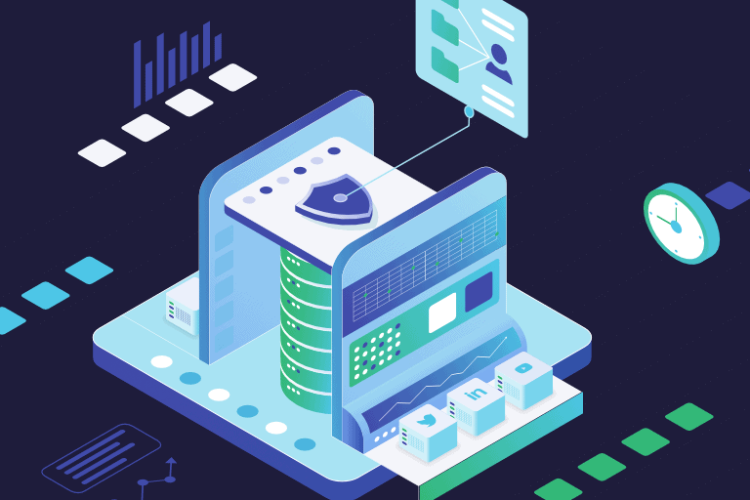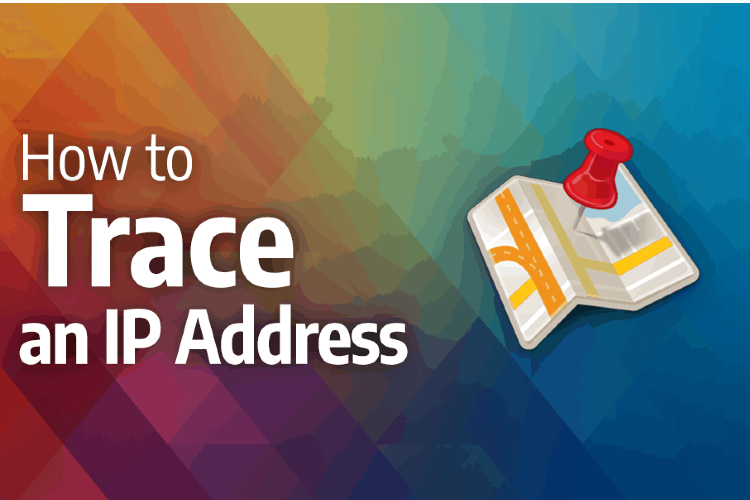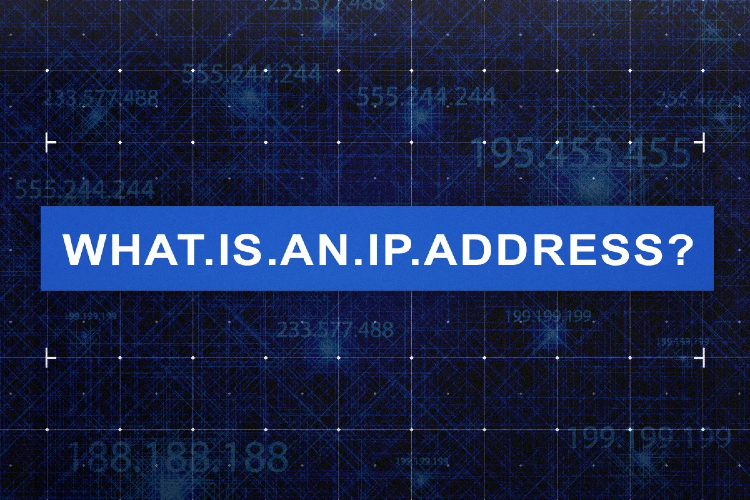
Threat hunting is a vigorous and quick way for cybersecurity groups to find possible risks and notice anything mechanical processes may ignore. The method of actively examining for malware or intruders on your web is known as threat hunting.
The widely acknowledged method of threat hunting is using security information and event management. It delivers visibility into network, endpoint, and application movement.
The extent of threat hunting persists to grow as cybercriminals develop and find new paths into organizations’ inner IT strategies. Every threat hunt should begin with a threat-hunting theory. Now, what is a threat-hunting hypothesis?
It is a statement about a tactic or technique applicable to your alliance. The hypothesis should be something that can be tested and result in an output of either correct or wrong. Once your theory gets prepared, use these seven hunts to determine dubious abnormalities telltale of threat activity.
Recognizing Suspicious Software
You can recognize dubious software in two ways: by process name or by procedure hash. You may be competent to transfer the record data from your endpoint detection and response to your SIEM system, providing more options to determine suspicious applications.
Antivirus Follow-Up
The use of antivirus data can help you better determine whether or not and where malware is circulating throughout your domain. Regard antivirus log data as a possible source of post-threat brains that can help to identify any raised claim or network segmentation issues in your environment.
Bait the Bad Guy
Alluring an attacker broadens the concept of honeypot reports, files, shares, strategies, and even networks to determine attacks without putting your exhibit environment at stake.
Lateral Movement
An early caution indication that a danger actor is attempting to migrate laterally within the web is uncommon user or endpoint login varieties and strange network connections between computers.
DNS Abuse
Endpoints should only transmit with the configured DNS servers utilizing DNS demands of a suitable size. Several methods exist for maintaining an eye out for DNS abuse, including monitoring for modifications to the keepers’ file or the DNS configuration, massive quantities of DNS traffic coming from a single endpoint, and DNS rebinding demands.








